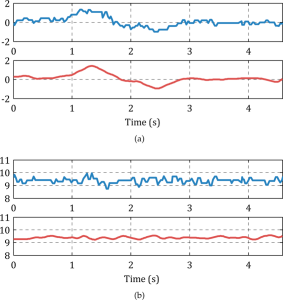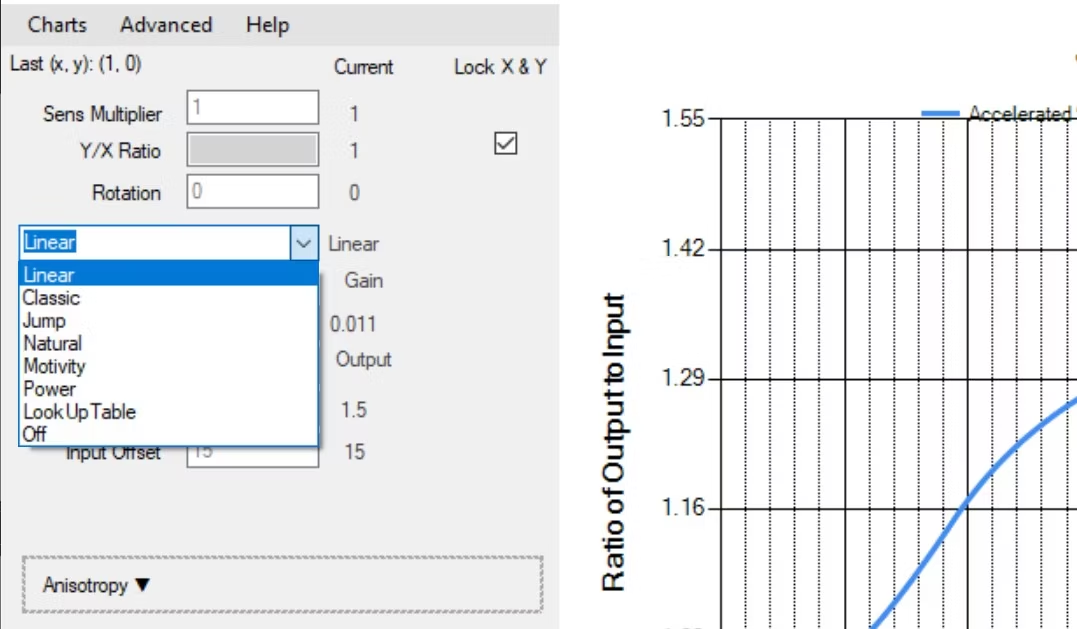Raw Accel technology is a promising advancement poised to revolutionize various industries. Integrating Raw Accel technology presents many opportunities as businesses strive to enhance performance and efficiency. However, like any groundbreaking technology, its implementation is not without challenges. In this article, we delve into the complexities of incorporating Raw Accel technology and offer insights to overcome these hurdles effectively.
Understanding Raw Accel Technology
Before delving into its challenges, let’s grasp the essence of Raw Accel technology. Raw Accel, or raw acceleration, refers to accelerating data processing without the conventional overhead of operating systems or middleware. This approach enables faster data processing and lower latency, making it particularly appealing for applications requiring real-time analytics, high-frequency trading, and scientific computing.
Challenges Faced in Implementing Raw Accel Technology
1. Hardware Compatibility
One of the primary challenges in adopting Raw Accel technology lies in ensuring compatibility with existing hardware infrastructure. Raw Accel typically demands specialized hardware configurations optimized for its operation. Integrating this technology seamlessly into legacy systems without disrupting operations requires careful planning and potentially significant investments in hardware upgrades.
2. Software Integration
Raw Accel technology operates lowly, bypassing traditional software layers for optimal performance. However, this unconventional approach necessitates tailored software solutions compatible with Raw Accel hardware. Developing and integrating such software can be complex and time-consuming, especially considering the need to ensure compatibility with existing software ecosystems.
3. Skill Gap
Successfully implementing Raw Accel technology requires hardware and low-level software development expertise. However, finding professionals with the requisite skills and experience in this specialized domain can take time and effort. Addressing this skill gap may involve investing in training programs or hiring external specialists, which will add to the overall implementation costs.
4. Performance Optimization
While Raw Accel technology promises enhanced performance, realizing its full potential requires meticulous optimization. Fine-tuning hardware configurations, optimizing software algorithms, and minimizing latency require thorough testing and refinement. Achieving optimal performance may entail iterative adjustments and experimentation, prolonging the implementation timeline.
5. Security Concerns
As with any technological innovation, security remains paramount when implementing Raw Accel technology. Operating at a low level and bypassing conventional security mechanisms, Raw Accel systems may be vulnerable to exploitation if not adequately secured. Implementing robust security measures, such as encryption, access controls, and intrusion detection systems, is essential to safeguard sensitive data and mitigate potential risks.
Strategies to Overcome Implementation Challenges
1. Comprehensive Planning
Prioritize thorough planning to anticipate potential challenges and devise mitigation strategies. Conduct a comprehensive assessment of hardware and software requirements, budget considerations, and skill gaps before implementing.
2. Collaborative Partnerships
Forge strategic partnerships with vendors, consultants, or research institutions specializing in Raw Accel technology. Collaborating with experts can provide invaluable insights, accelerate the implementation process, and mitigate risks associated with technology adoption.
3. Continuous Training and Education
Invest in continuous training and education initiatives to empower your workforce with the necessary skills and knowledge. Training programs, workshops, and certifications can help bridge the skill gap and ensure your team is well-equipped to handle Raw Accel technology effectively.
4. Iterative Testing and Optimization
Adopt an iterative approach to testing and optimization to fine-tune performance and address any compatibility issues. Regularly evaluate hardware configurations, software algorithms, and security protocols to identify areas for improvement and optimization.
5. Prioritize Security
Embed security considerations into every stage of the implementation process, from design to deployment. Implement robust security measures tailored to the unique requirements of Raw Accel technology to safeguard data integrity and protect against potential threats.
Conclusion
While implementing Raw Accel technology presents formidable challenges, its rewards in terms of enhanced performance and efficiency are undeniable. By understanding these challenges and adopting proactive strategies to address them, organizations can successfully navigate the complexities of Raw Accel implementation. With careful planning, collaboration, and a commitment to continuous improvement, businesses can unlock the full potential of Raw Accel technology and gain a competitive edge in today’s rapidly evolving digital landscape.




